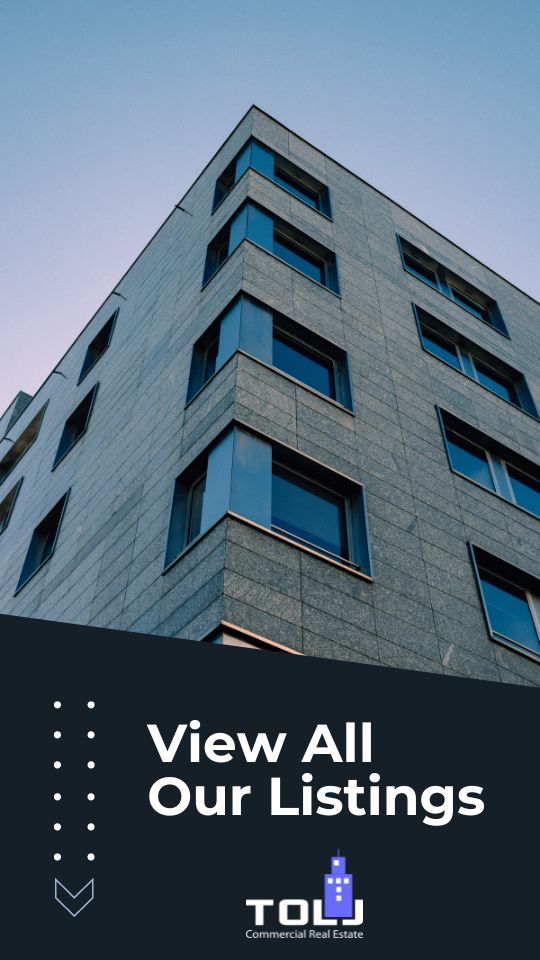As a commercial real estate professional with over 18 years in the industry, I’ve seen firsthand how zoning laws can make or break a property investment. Whether you’re looking to develop a parcel of land, change the use of an existing building, or simply maximize your property’s value, understanding zoning and land use changes is crucial. I’ve guided countless clients through this complex landscape, and today, I’m sharing that knowledge with you. Let’s demystify the often confusing, but incredibly important world of zoning and how you can navigate changes to your advantage.
Key Takeaways:
- Understanding zoning regulations and how to navigate land use changes is essential for maximizing your property value and development potential.
- The rezoning process typically involves community engagement, application submission, and public hearings—working with a land use attorney can significantly improve your chances of success.
- Recent studies show urban land covers are projected to increase in the lower 48 states by 73% to 98% by 2050, making zoning changes increasingly important for property owners.
Understanding Zoning Basics

At its core, zoning divides communities into different districts or zones: residential, commercial, and industrial. Each zone comes with its own set of rules about what you can build and how you can use the property.
Residential zones typically allow single-family homes, multi-family dwellings, and sometimes small home-based businesses. Commercial zones permit retail stores, offices, and restaurants. Industrial zones accommodate manufacturing facilities, warehouses, and other industrial uses.
But zoning restrictions go much deeper than just categorizing properties. They also govern:
- Building height and size limitations
- Setback requirements (how far structures must be from property lines)
- Minimum lot sizes and frontage requirements
- Density restrictions (how many units per acre)
- Parking requirements
I’ve seen properties in identical locations with drastically different market values solely because of their zoning designation. A parcel zoned for high-density commercial use might be worth several times more than an adjacent residentially-zoned property of the same size. This is why understanding how zoning impacts property value is so crucial for investors and developers.
When Property Owners Need Zoning Changes
You might need to pursue a zoning change if:
- The current zoning doesn’t allow your intended use of the property
- Your property is underdeveloped due to restrictive zoning regulations
- The neighborhood character has changed, making different uses more appropriate
In my practice, I once worked with a client who purchased a large home in an area that had gradually transformed from purely residential to a mixed residential-commercial neighborhood. The property’s residential zoning was limiting its potential, especially as surrounding properties received commercial designations. By evaluating the property’s development potential and the changing character of the neighborhood, we determined that pursuing a rezoning would significantly increase the property’s value.
The financial implications of zoning changes can be substantial. In some areas I’ve worked in, studies show that land use changes have transformed landscapes dramatically, with settlements increasing by as much as 163.8% during recent study periods. Under current patterns of land use changes, approximately 34.17% of land has been subjected to potential degradation. Understanding these trends can help property owners make informed decisions about pursuing zoning changes.
Types of Zoning Exceptions and Changes
When navigating land use and zoning regulations, you have several options:
Variances
A variance is essentially permission to deviate from existing zoning requirements in a minor way. Perhaps you need to build closer to a property line than the setback requirements allow, or maybe you need a slight exception to height restrictions.
Variances are typically easier to obtain than full rezoning because they represent minor departures from existing rules. However, you generally need to demonstrate that:
- The property has unique physical characteristics, creating a hardship
- The variance won’t alter the essential character of the neighborhood
- The hardship isn’t self-created
Conditional Use Permits
A conditional use permit (CUP) allows a property to be used in a way not normally permitted in that zone, but under specific conditions. For example, a church might be allowed in a residential area with a CUP. The application process typically involves demonstrating that:
- The proposed use won’t harm the neighborhood
- It’s compatible with surrounding uses
- Any negative impacts can be mitigated
Nonconforming Use Permits
Sometimes you might have a property with a grandfathered use—a use that was legal when established but doesn’t conform to current zoning. For instance, a small grocery store that existed before an area was zoned residential.
Nonconforming use permits allow these uses to continue, though there are often restrictions on expansion or rebuilding after abandonment.
Rezoning Or Zoning Map Amendments
Full rezoning involves changing the zoning classification of a property entirely, perhaps from residential to commercial. This is the most complex change and typically requires:
- Consistency with the comprehensive plan
- Compatibility with surrounding uses
- Public benefits outweigh potential negative impacts
The Rezoning Process Step-by-Step
Based on my experience guiding clients through countless rezoning efforts, here’s what the process typically involves:
Pre-Application Research
Before submitting anything, you need to:
- Review the comprehensive plan or master plan for the area
- Understand current zoning constraints
- Meet with planning professionals to gauge receptiveness to your proposal
Community Engagement
I cannot stress this enough: gaining neighbor support is crucial. In my experience, the most successful rezoning applications involve proactive community outreach:
- Meet with neighboring property owners
- Address concerns about traffic, noise, or other impacts
- Build strategic alliances with community leaders or business associations
Application Submission
A complete application typically includes:
- Detailed site plans
- Impact studies (traffic, environmental, economic)
- Application fees (which can range from hundreds to thousands of dollars)
Public Hearings and Reviews
The planning commission will hold public hearings where:
- You’ll present your case
- The public can voice support or concerns
- Staff may make recommendations
If approved by the planning commission, your application typically proceeds to the city council or other governing body for final approval.
Implementation After Approval
Once approved, you’ll need to comply with any conditions attached to the approval, which might include infrastructure improvements, design modifications, and operating restrictions.
Legal Considerations for Zoning Changes
The legal landscape surrounding zoning changes is complex. Property rights are protected under the Constitution, but courts generally recognize the government’s right to regulate land use for the public good.
If your rezoning application is denied, you may have options to appeal or even litigate. However, courts typically defer to local governments on zoning decisions unless there’s evidence of:
- Arbitrary or capricious decision-making
- Violation of constitutional rights
- Failure to follow proper procedures
Working with a land use attorney can be invaluable throughout this process. In my practice, I’ve seen the difference legal expertise can make in navigating complex zoning appeals and challenges.
Non-Government Land Use Restrictions
Beyond government regulations, your property may be subject to private restrictions:
Restrictive covenants are private agreements that limit how property can be used. These might be imposed by:
- Homeowners Associations (HOAs)
- Subdivision developers
- Previous property owners
Easements grant others the right to use portions of your property in specific ways. Common types include:
- Utility easements
- Access easements
- Conservation easements
These private restrictions can sometimes be more limiting than zoning regulations and may require separate processes to modify.
Regional and Statewide Planning Considerations
Land use planning increasingly extends beyond municipal boundaries. Regional planning initiatives and statewide growth management laws can significantly impact local zoning decisions.
Urban planners project that urban land cover will increase in the lower 48 states by 73% to 98% by 2050, taking up between 10% and 12% of land area versus less than 6% in 1997. These projections underscore the importance of understanding regional trends when pursuing zoning changes.
FAQs
How long does the typical rezoning process take?
What’s the difference between a variance and a conditional use permit?
How do zoning laws affect my property value?
What role do neighbors play in zoning change decisions?
What professional help should I seek when pursuing a zoning change?
Conclusion
As someone who’s spent nearly two decades helping property owners maximize their real estate investments, I can tell you that understanding zoning and land use changes is one of the most powerful tools in your arsenal. Whether you’re looking to develop a property, change its use, or simply increase its value, the knowledge of how to navigate these regulations can make a tremendous difference.
Don’t be intimidated by the complexity. Contact me today for a consultation, and let’s explore how we can unlock the hidden value in your real estate through strategic zoning changes.




